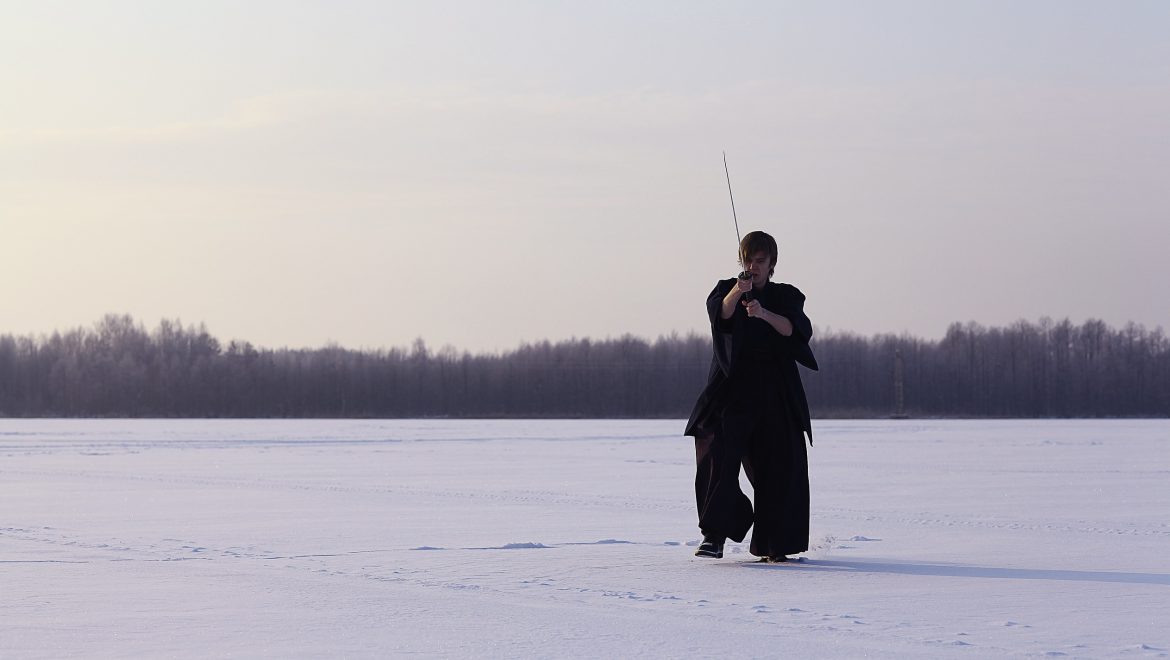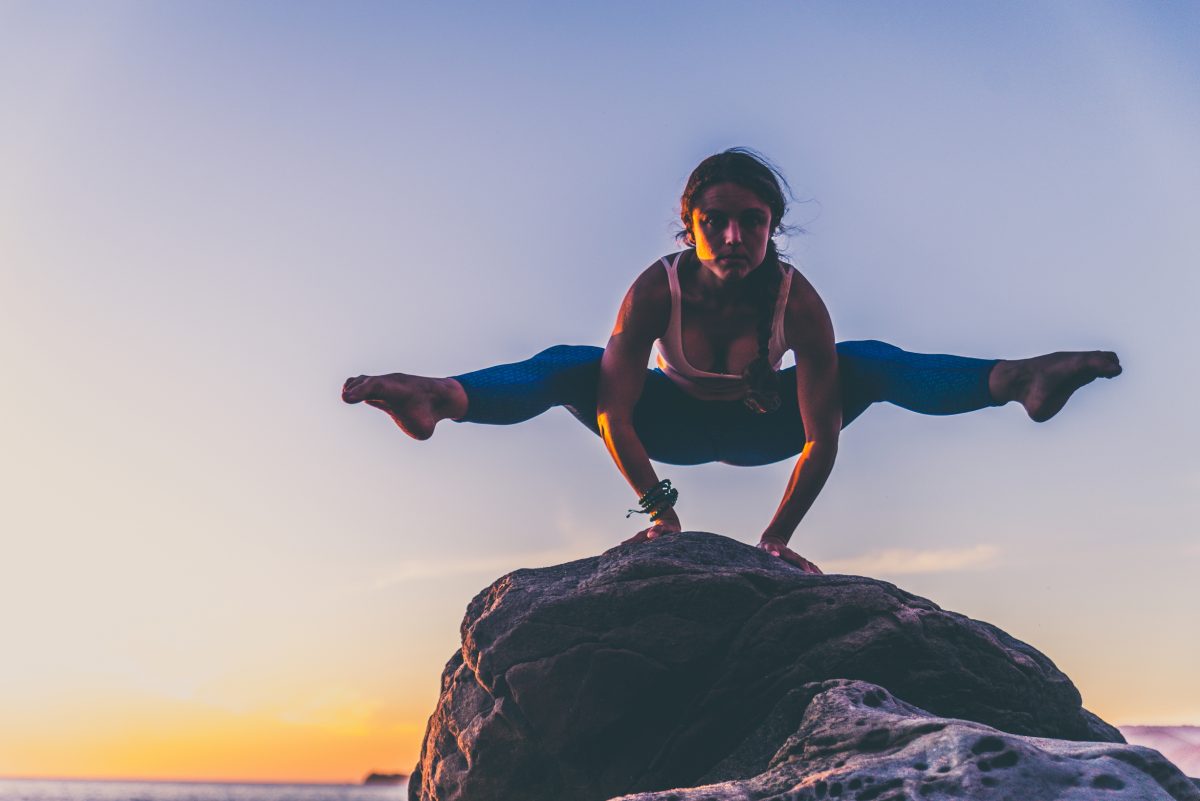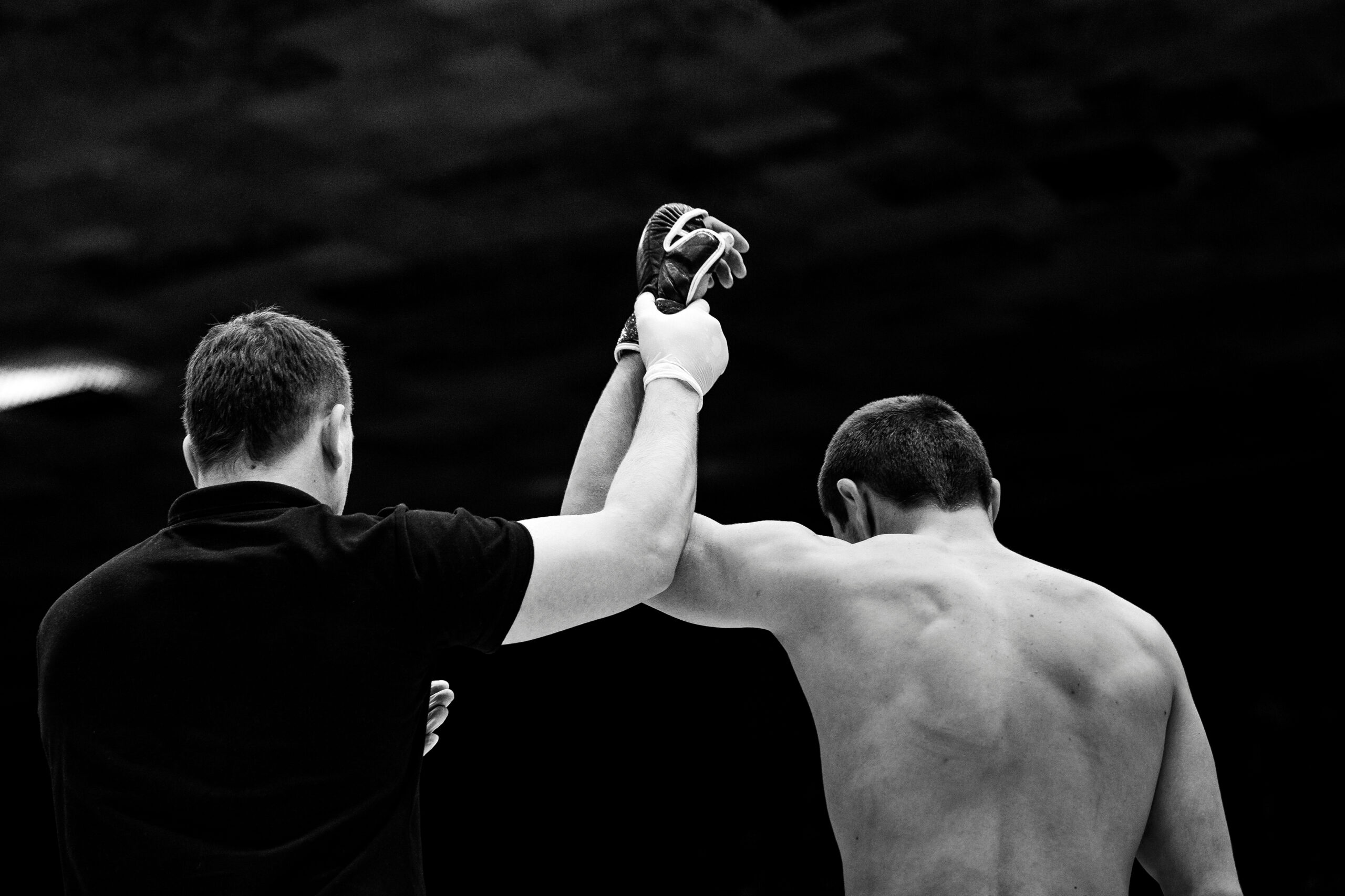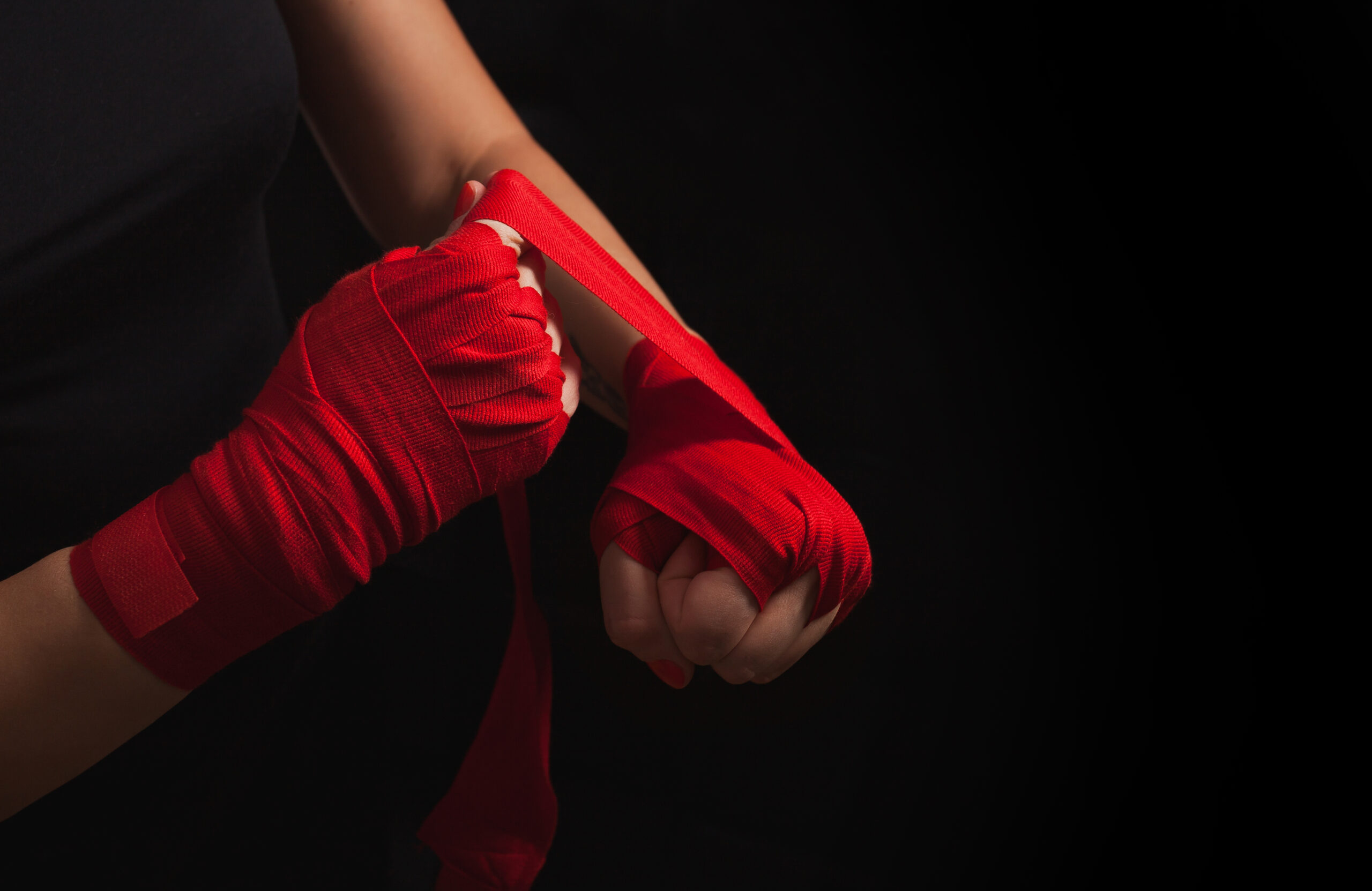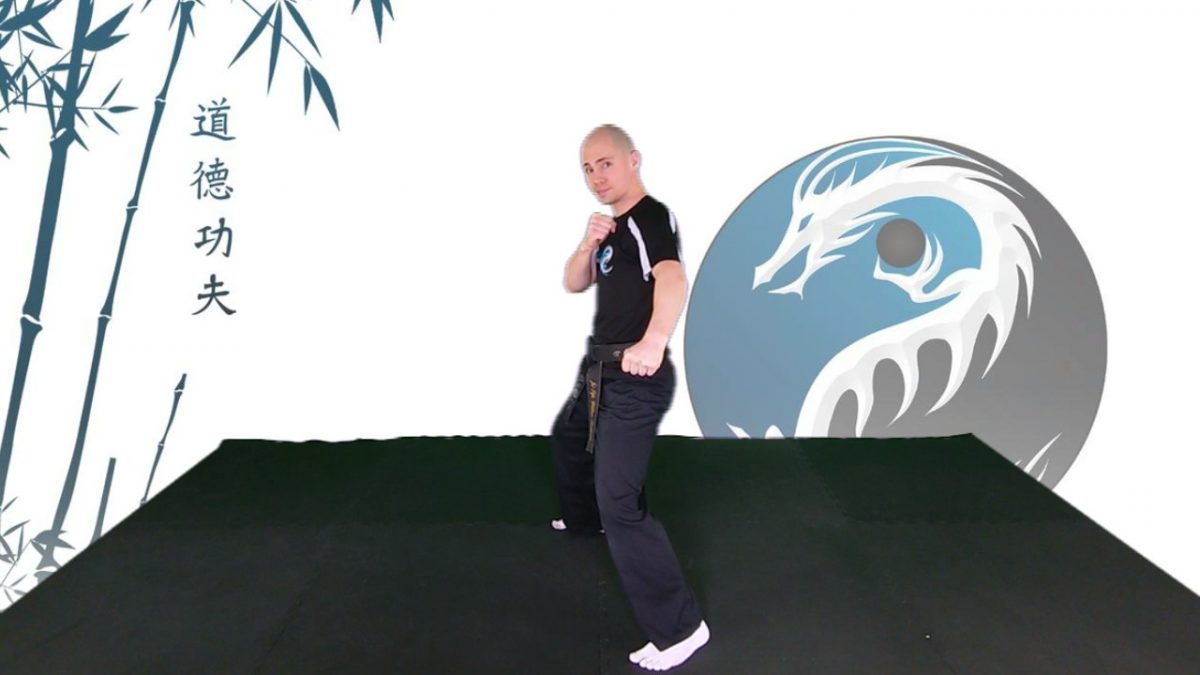How to learn martial arts at home by yourself
Most people who attend a martial arts class will of course do most of their practice at home. If they want to advance they will be spending at least a few minutes every day going through their form or practicing a few combinations from the form they are learning. The real question here is, can you learn martial arts at home without attending a class? Or, can you learn martial arts online?
From a practical point of view, this is a simple yes. The Kung Fu Living course was developed to enable anyone to do exactly that. In some ways it can actually be preferable. Every single day you are guided through, individually simply exercises so you don’t even have to worry about exactly what to practice each day or how much to practice etc. You have a master on screen showing you precisely what to do and how to do it, whereas if you were attending classes you would have to try to remember what you were shown, with the risk of practicing it wrong. People often say it is like having their instructor there in person telling what to do. In terms of the way our brains learn such skills, doing a few minutes every day is better than doing a long lesson once a week. Also, there might be a very limited choice of martial available where you live and most martial arts are either impractical or only designed for circus performers or ultra-athletes.
The drawback of training on your own is that it helps to have someone hold strike pads for you or spar with you. If you can find a friend or family member willing to hold some pads or better still learn with you that would give you the best options for practicing.
The major advantage of attending a class is that its often easier to push yourself when tired if you are a part of a group with an instructor shouting start on stop. The Kung Fu Living app does guide you exactly what to do, when to start and stop an exercise for example, but only you will know if you sit and watch the video without joining in. So here are some tips on supercharging your motivation.
Here’s the thing. If you keep doing what you’ve always done, you’ll keep getting what you’ve always got. If nothing has changed since the last time you decided to get in shape, get up early, meditate every day, eat healthy etc etc. then you will have the same success as you did at your last attempt. If you look through the articles on our website and read through the blogs, you will find most of what you need to know to eat well, exercise right etc. But where do you find that illusive self-discipline? That motivation, that one key ingredient that will make it all work for you?
What motivates you? Do you have a clear and achievable target that drives you on, that excites? Without some driving force you will give up on the first bump. You have to create an image of your future self that excites you. Imagine a day in the life of the future you. Imagine how you will feel, what you will do, how you will look. Picture yourself doing something ordinary, something you do every day, (that’s easier to imagine) but feeling great, as this is the new you doing it. Get this image so clear in your mind that it becomes an expectation, not a vague day dream, but something you know is firmly fixed in your future, on the path that you are following. Once you start on this new path you just have to keep going. This is made easier when every step, every day is put before your feet. Re-run this visualisation every single day and get excited about it. Start to feel grateful that this future is going to happen. Is it going to be difficult? No. It will seem so if you think you have to work out how to jump straight to the final goal, but you don’t. You only ever have to take a single, simple, little step. Then the next single, simple, little step. Spending a moment every day, seeing the future you in your min’s eye and getting excited about it will fuel your determination; it will be the blueprint that you will build from.

